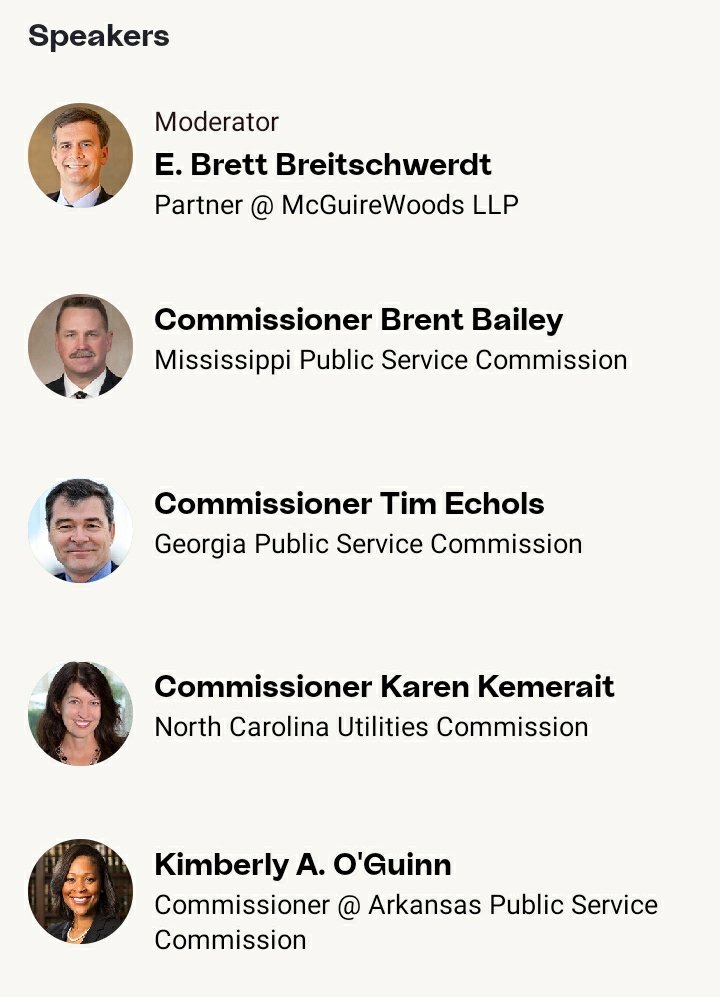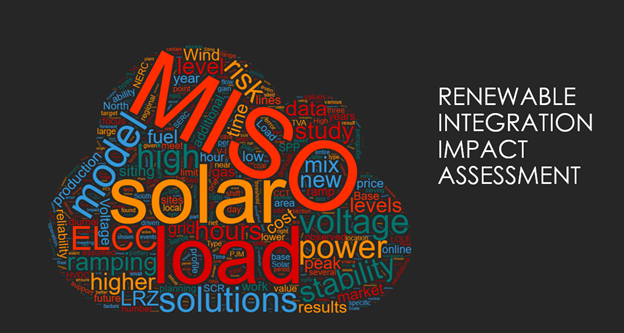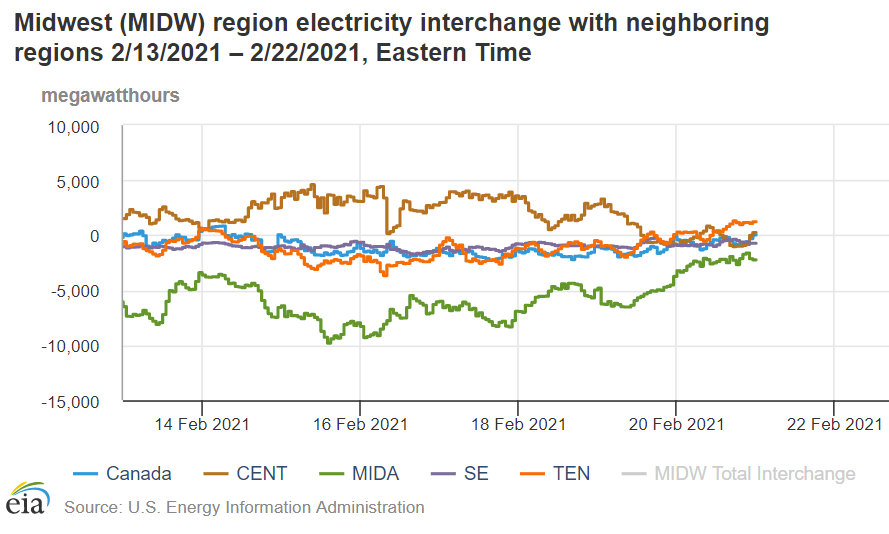How to get URL link on X (Twitter) App

 SEC. 70501. TERMINATION OF PREVIOUSLY-OWNED CLEAN VEHICLE CREDIT. Section 25E(g) is amended by striking ‘‘December 31, 19 2032’’ and inserting ‘‘September 30, 2025’’.
SEC. 70501. TERMINATION OF PREVIOUSLY-OWNED CLEAN VEHICLE CREDIT. Section 25E(g) is amended by striking ‘‘December 31, 19 2032’’ and inserting ‘‘September 30, 2025’’.
 Here is a modern scale 2 megawatt (MW) wind turbine: One of these turbines has an annual energy output of 7,200 megawatt hours (MWh).
Here is a modern scale 2 megawatt (MW) wind turbine: One of these turbines has an annual energy output of 7,200 megawatt hours (MWh). 

 First, parking lots are unusual things. They can be privately owned (a landlord), or publicly owned (city/school/etc.). Public owned lots/garages have to get budget line items through local/state appropriations. Private can go quicker, but still need permits, etc.
First, parking lots are unusual things. They can be privately owned (a landlord), or publicly owned (city/school/etc.). Public owned lots/garages have to get budget line items through local/state appropriations. Private can go quicker, but still need permits, etc.


 Georgia Power files an IRP every three years, with the last filed in 2022. There the company was approved to add 2.1 GW of new renewables, 500 MW of batteries, and some coal retirement decisions were delayed until the '25 filing.
Georgia Power files an IRP every three years, with the last filed in 2022. There the company was approved to add 2.1 GW of new renewables, 500 MW of batteries, and some coal retirement decisions were delayed until the '25 filing.



 Increased new industrial load, data center growth, electrification, extreme weather events, and future growth (e.g., hydrogen) are leading the investments. AI is a hungry industry.
Increased new industrial load, data center growth, electrification, extreme weather events, and future growth (e.g., hydrogen) are leading the investments. AI is a hungry industry. 

 70,000 megawatts (!) of generators were unavailable, with 5,000 megawatts of firm load shed (blackouts) in the southeast. It doesn't say here, but most of those generator failures were natural gas plants.
70,000 megawatts (!) of generators were unavailable, with 5,000 megawatts of firm load shed (blackouts) in the southeast. It doesn't say here, but most of those generator failures were natural gas plants. 




 The top part of the chart is the buyers. Bottom is the sellers. In SEEM, buyers and sellers must "match" on a voluntary basis. If you're selling power at a too high price, or buying at a too low price, the market doesn't swap. For 3 days there were zero sales. Three days. None.
The top part of the chart is the buyers. Bottom is the sellers. In SEEM, buyers and sellers must "match" on a voluntary basis. If you're selling power at a too high price, or buying at a too low price, the market doesn't swap. For 3 days there were zero sales. Three days. None. 


 GPC: Our IRP is every three years with lots of intervenors. We have a lot of load growth. Scenario planning is at the heart of the IRP. We take into a range of carbon costs. We're closing coal by '35. Adding 3GW of renewables and batteries.
GPC: Our IRP is every three years with lots of intervenors. We have a lot of load growth. Scenario planning is at the heart of the IRP. We take into a range of carbon costs. We're closing coal by '35. Adding 3GW of renewables and batteries.


 NC: HB 951 70% carbon neutrality by 2030, neutrality by 2050 is driving force. Duke will own 55% of resources. Significant public process, hearings, data over the past year. Duke will procure 1200 MW of solar next year.
NC: HB 951 70% carbon neutrality by 2030, neutrality by 2050 is driving force. Duke will own 55% of resources. Significant public process, hearings, data over the past year. Duke will procure 1200 MW of solar next year.


 First, utilities will forecast the power needs for their territory (load forecast), and often will include some narrative "scenarios" - what if power needs are lower than expected (because of energy efficiency, perhaps)? 2/
First, utilities will forecast the power needs for their territory (load forecast), and often will include some narrative "scenarios" - what if power needs are lower than expected (because of energy efficiency, perhaps)? 2/ 


 RIIA began in 2017 as a study to find “inflection points” for renewable penetration in MISO. These are the key questions RIIA set out to tackle: When does renewable integration get hard, and how do we fix it?
RIIA began in 2017 as a study to find “inflection points” for renewable penetration in MISO. These are the key questions RIIA set out to tackle: When does renewable integration get hard, and how do we fix it? 


